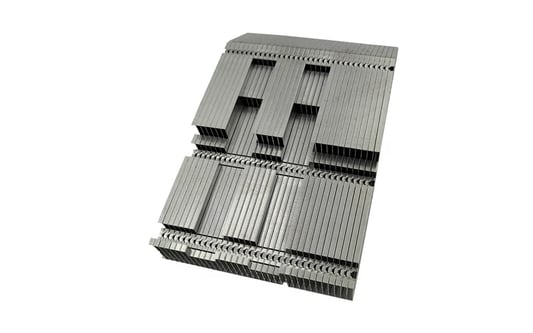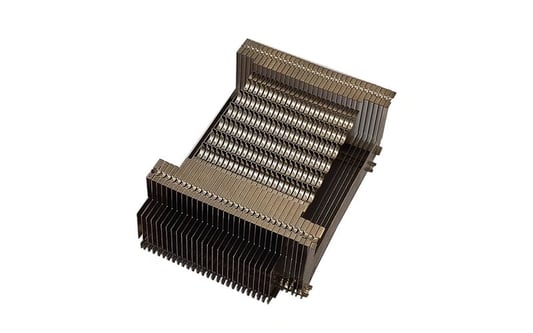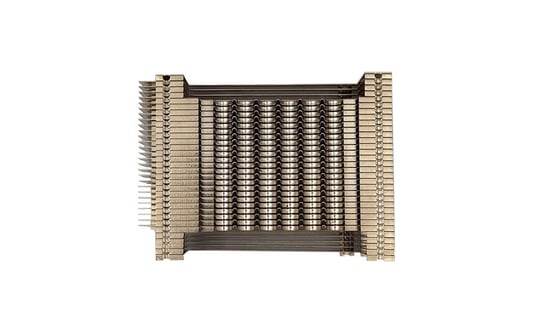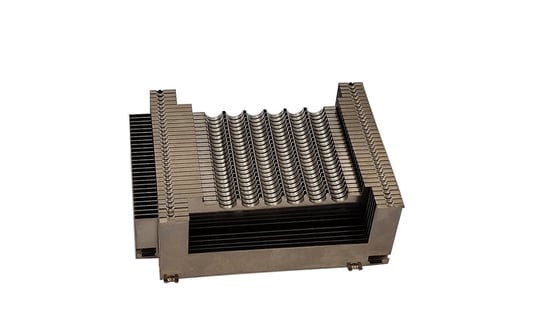Overview of Progressive stamping processProgressive stamping is a metal stamping process that involves feeding a strip of metal through a series of stamping presses to create complex metal parts. This process is known for its high efficiency and cost-effectiveness, making it a popular choice in the manufacturing industry.Benefits of Progressive StampingProgressive stamping offers several advantages, including high production rates, consistent part quality, and reduced material waste. Additionally, this process allows for the creation of intricate parts with tight tolerances, making it ideal for industries that require precision metal components.Key Components of Progressive StampingThe main components of a progressive stamping press include the feeder, die set, and press. The feeder moves the metal strip through the press, while the die set shapes the metal into the desired form. The press then applies the necessary force to create the stamped part.Working Principle of Progressive StampingIn a progressive stamping process, multiple operations such as cutting, bending, and punching are performed in a sequential manner as the metal strip moves through each station. This sequential operation eliminates the need for manual intervention, resulting in higher production efficiency.Applications of Progressive StampingProgressive stamping is widely used in various industries such as automotive, electronics, and aerospace for producing components ranging from simple brackets to complex connectors. Its versatility and cost-effectiveness make it a preferred choice for manufacturing metal parts in large quantities.Tooling Design for Progressive StampingThe design of the tooling plays a critical role in the success of a progressive stamping operation. Proper tooling design ensures that the metal strip is fed accurately through each station and that the stamped parts meet the required specifications. This includes considerations for material thickness, strip feeding mechanism, and die layout.Advancements in Progressive Stamping TechnologyWith advancements in automation and tooling technology, progressive stamping processes have become more efficient and accurate. Computer simulations and real-time monitoring systems can now be integrated into the process to optimize production and detect any potential defects early on.Quality Control in Progressive StampingQuality control is essential in progressive stamping to ensure that the stamped parts meet the required specifications and standards. This involves regular inspections, measurements, and testing of the parts throughout the production process to identify and address any deviations promptly.Environmental Impact of Progressive StampingProgressive stamping is a relatively eco-friendly manufacturing process as it generates minimal waste and energy consumption compared to other metal forming methods. By reducing material waste and optimizing production efficiency, progressive stamping can help minimize the environmental footprint of metal part manufacturing.Future Trends in Progressive StampingAs technology continues to evolve, progressive stamping processes are expected to become even more advanced and streamlined. Industry trends such as the adoption of industry 4.0 principles, the integration of IoT devices, and the use of AI for predictive maintenance are set to revolutionize the way progressive stamping is performed in the future.Quote Inquirycontact us










